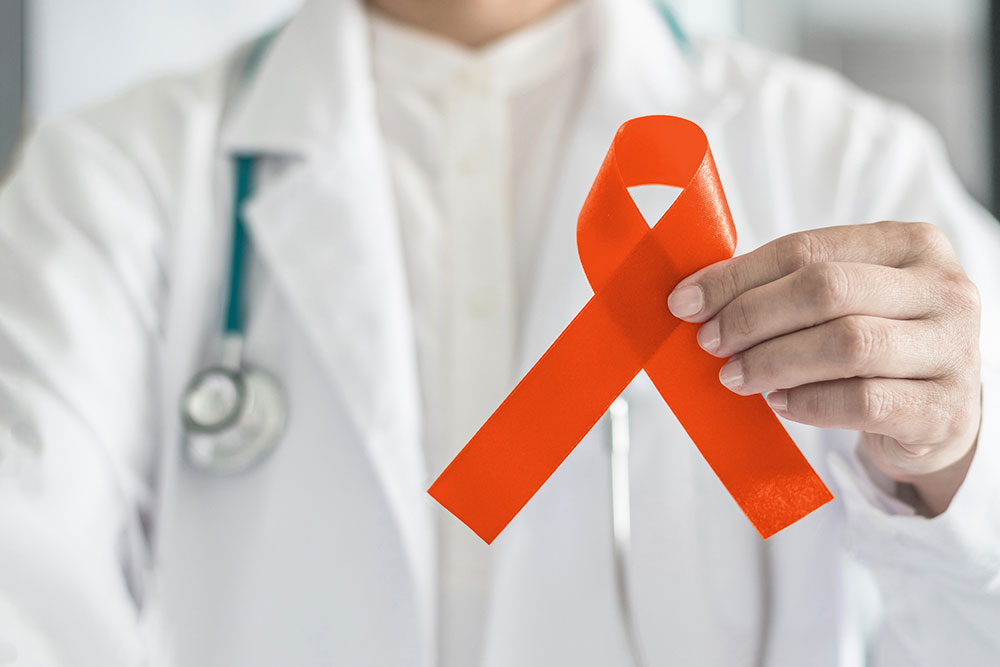
The Types of Leukemia That Affect Children
One of the most common types of cancer in children is childhood leukemia, i.e., cancer of the white blood cells. When white blood cells abnormally grow in the bone marrow, they travel quickly through the bloodstream and push out healthy cells, causing an increase in the chance of the body to pick up an infection and other related problems. It is tough and sad for a child to suffer from cancer, but childhood leukemia and its types can be successfully treated in most children.
Although the causes of childhood leukemia in most cases are not exactly known, there are certain risks that increase the chance of developing certain types of leukemia in a child, such as an inherited disorder, an inherited immune system, a brother or sister, especially an identical twin, suffering from leukemia, a history of being exposed to high levels of radiation or chemotherapy, and a history of immune system suppression like an organ transplant.
Most cases of childhood leukemia develop rapidly, which means they are acute. Only a small number are chronic and develop slowly. Some types of childhood leukemia include
1. Acute lymphoblastic leukemia (ALL)
This leukemia invades the blood and spreads throughout the body to other organs and progresses quickly. It is also known as lymphocytic leukemia and accounts for 3 out of every 4 cases of childhood leukemia.
2. Acute myelogenous leukemia (AML)
This is one of the most common types of leukemia in children. It is caused when bone marrow cells do not mature the way they should. These immature cells often keep building up.
3. Hybrid or mixed-lineage leukemia
This type of leukemia is very rare and has features of both ALL and AML.
4. Chronic myelogenous leukemia
This type of leukemia is usually very rare in children. The disease begins with the problem in the genes of the blood cells. Sections of two different chromosomes change places and create a new abnormal one. This new chromosome makes the body create white blood cells that are not efficient and are known as leukemia cells.
5. Chronic lymphocytic leukemia
This type of leukemia is also found rarely in children. This cancer affects a type of white blood cells called lymphocytes that help the body fight infections. They are produced in the marrow, i.e., the soft center of the bones. With this type of leukemia, the body produces an abnormally high number of lymphocytes that do not work right.
6. Juvenile myelomonocytic leukemia
This type of Leukemia occurs most often in children under age 4. It is a rare type and is either chronic or acute.
Common symptoms of childhood leukemia include fatigue or pale skin, infections and fever, easy bleeding or bruising, weakness or extreme fatigue, shortness of breath, and coughing. In other cases, bone or joint pain, swelling above the collar bone, swelling in the abdomen, face, arms, underarms, side of neck or groin, loss of weight or appetite, headaches, seizures, balance problems, abnormal vision, vomiting, rashes, and gum problems can also occur. Childhood cancers usually respond to treatment better than adult cancers as children’s bodies often tolerate treatment better.


